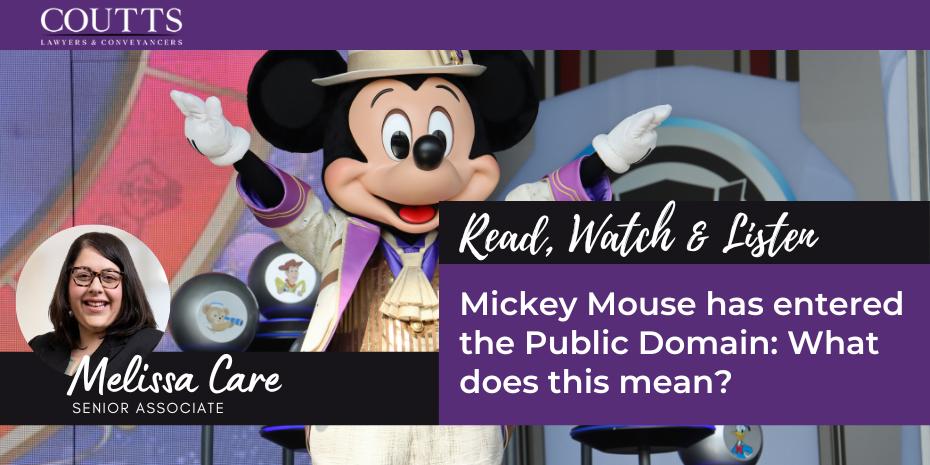On 8 September 2018 the Australian Consumer and Competition Authority (ACCC) published an updated guide in relation to the application of the Australian Consumer Law (ACL) to motor vehicle sales and repairs. Although this publication does not constitute legal advice or a definitive guide as to when the ACL applies, it does provide some useful legal guidance for consumers in respect of defects and failures in new and used motor vehicles.
A link to the guide can be found here.
Overview
On 1 January 2011 the ACL was introduced as a uniform consumer protection law across Australia. As the law is relatively new, there is a measure of uncertainty in relation to parts of its practical operation – hence the publication by the ACCC of the above guide.
The ACL prescribed a set of “supplier” and “manufacturer” guarantees which apply to all consumer transactions across Australia.
Major and non-major failures
Under the ACL, where there has been a breach of one of the prescribed guarantees, the remedy to which a consumer is entitled, depends on there has been a “major” or “minor” failure to comply with the consumer guarantee. These are concepts new to the law in Australia.
If a vehicle suffers from a “major” failure, then the consumer is generally entitled to elect to:
- reject the vehicle and obtain either a full refund or replacement vehicle of the same type; or
- retain the vehicle and ask for compensation from the dealer or manufacturer.
If a vehicle suffers from a “non-major” failure, then the supplier has the option of repairing the vehicle or providing a replacement or refund to the consumer. A “non-major” failure can become a “major” failure if the vehicle cannot be repaired within a reasonable time
In addition, the consumer may be entitled to compensation for any foreseeable loss suffered by the consumer as a result of any breach of the ACL guarantees.
What are “major” and “non-major” failures
The ACL prescribes a “major” failure as occurring where:
- a person would not have purchased the product had they been aware of the failure;
- the failure results in the product being significantly different from a sample or description;
- the product is substantially unfit for its purpose and cannot be effectively repaired within a reasonable time; or
- the product is unsafe.
A “non-major” failure is a failure which does not amount to a “major failure” as defined above.
Clarification as to “major” and “non-major” failures
Since the introduction of the ACL there has been a lot of uncertainty in the motor vehicle industry as to when a defect will amount to a “major” defect – particularly when the vehicle is no longer new. Given the infancy of the ACL, there have only been a handful of cases which have considered the application of the ACL in the context of defective vehicles. Hence, the publication of the guide by the ACL provides some measure of clarification to the industry and consumers alike.
Examples of “major” vehicle failures
The ACCC guide sets out the following examples which it considers to amount to “major” failure of a motor vehicle:
- a manufacturing defect in a new vehicle causing excessive noisiness in the vehicle resulting in multiple repairs (exceeding 5 weeks) which did not see the issue resolved;
- a 2 year old vehicle suffering from a manufacturing defect causing the engine and vehicle to seize with the vehicle not be able to be repaired within 5 weeks.
Examples of “non-major” vehicle failures
The ACCC guide sets out the following examples which it considers do not amount to a “major” failure of a motor vehicle:
- a new vehicle which had developed a rattling noise and which did not interfere with its normal operation and which was repaired within 2 days.
- an 18 month old vehicle with an intermittent electrical fault causing a warning light to activate from time to time. The cause of the problem could not initially be diagnosed and resolved until the third attempted repair;
- a 3 year old vehicle which had suffered from the following issues and which were repaired on separate occasions – an interior trim coming loose, the satellite navigation system developing a glitch and the boot latch breaking.
Key Take-Aways
The ACCC guide provides some clarification as to what will constitute a “major” and “non-major” failures in the context of motor vehicles. However, the examples provided by the ACCC are reasonably clear-cut and we must await for further cases to be decided in the State and Territory consumer tribunals before more valuable guidance can be given in relation to more borderline cases.
We have experience in motor vehicle claims and can help if you are dissatisfied with the performance of your vehicle. For further information please don’t hesitate to Contact Coutts today.
This blog is merely general and non specific information on the subject matter and is not and should not be considered or relied on as legal advice. Coutts is not responsible for any cost, expense, loss or liability whatsoever in relation to this blog, including all or any reliance on this blog or use or application of this blog by you.



